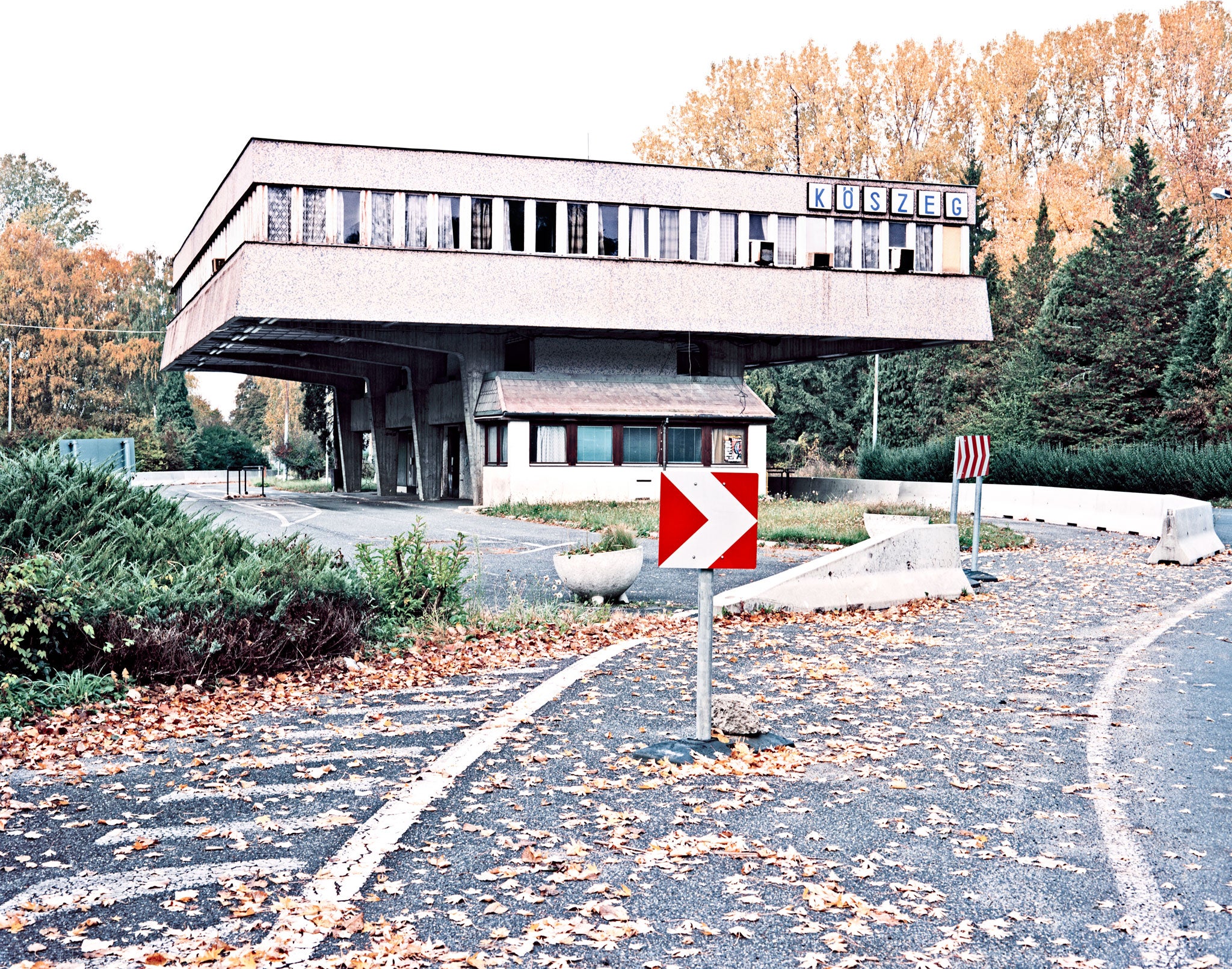Europe's former border stations: obsolete, desolate, but still redolent of their past
What has happened to Europe's border posts since the common-visa policy made these former guardians of nationhood obsolete? The photographer Ignacio Evangelista spent three years travelling the continent to find out...

Your support helps us to tell the story
From reproductive rights to climate change to Big Tech, The Independent is on the ground when the story is developing. Whether it's investigating the financials of Elon Musk's pro-Trump PAC or producing our latest documentary, 'The A Word', which shines a light on the American women fighting for reproductive rights, we know how important it is to parse out the facts from the messaging.
At such a critical moment in US history, we need reporters on the ground. Your donation allows us to keep sending journalists to speak to both sides of the story.
The Independent is trusted by Americans across the entire political spectrum. And unlike many other quality news outlets, we choose not to lock Americans out of our reporting and analysis with paywalls. We believe quality journalism should be available to everyone, paid for by those who can afford it.
Your support makes all the difference.When Ignacio Evangelista was growing up in Spain, he'd look at maps and feel like a god gazing down on his kingdom. He was particularly fascinated by borders, and wondered why European frontiers were so complicated while African countries had sensible straight lines.
"I knew nothing about colonialism," he says. "I thought European people were stupid and the Africans were so much cleverer. Then, when I was 14, I went on a school trip and when we crossed the border to France, I was very excited. I wondered what I would feel when I touched foreign ground. Would the air smell different? It was like going to Mars."
Several decades later, and Evangelista's childhood fascination with borders has resulted in a photography project, "After Schengen", featuring Europe's eerie disused border posts in the passport-free age ushered in by the Schengen Agreement, which came into effect in 1995. "I was interested in places where the natural and artificial come together," he says of his photographs of abandoned buildings concealed within mysterious forests and woodlands.
In 2011, Evangelista, now 49, began photographing Spain's borders with France and Portugal, but discovered that these rarely had the atmosphere he was after. "I was looking for places that weren't inhabited," he says. "At some of the big borders, on the highways, they have recovered the buildings for other functions, such as police stations. That didn't interest me."
The photographer switched his attention to Western Europe's old border with the East. "I had two reasons: they were the last countries to join the Schengen Agreement and they were the countries with the least money," he says. "The richer countries have taken down the structures or converted them because they can afford to do so. In poorer countries they are still there, falling down year by year."
Another influence was Evangelista's memories of visiting Prague and Belgrade while inter-railing in his teens. "One time we were on a train crossing the border to Yugoslavia when at 3am soldiers came on with guns and went through the carriages asking to see passports," he says. "It was like a spy film."
Over the course of three years, he visited Austria, the Czech Republic, Slovakia, Poland, Hungary and Germany, first researching the area by calling local tourist offices to discover whether a border structure or sign still existed. This could be little more than a white line on a narrow track, though, as Evangelista points out, "Thirty years before, a soldier would have stood there."
The photographer feels the posts share an imprint of their past. "They are lonely places," he says. "Maybe it's my imagination, I love John le Carré novels, but when I see the uninhabited little house and the sign 'Achtung', I imagine it in the winter, covered in snow, with an 18-year-old soldier on his own, shivering, holding a gun."
He realised he was capturing history when he reached a desolate part of the Czech Republic only to discover that the building he was expecting to see had been knocked down the week before. And those structures still standing were hard enough to find. "On my GPS, Eastern Europe wasn't mapped," he says. "You'd go from Austria to Hungary and the map would disappear. You knew the border was coming, but you couldn't see it. Often I'd ask an old person where it was, as I thought they would remember. They never seemed to know and then, when I found the border, it was always nearby. It was as though they had been trained in the Cold War not to look at the wall, not to notice the border."
Twenty-five years after the fall of the Berlin Wall and with anti-immigration parties on the rise across Europe, the politics and poetry of the border still fascinate him. "Sometimes when I am on the border, I am sure that the ground is a different colour on either side," he says. "I like to cross back and forth – now I am in Spain, now I am in France, now I am in Spain, now I am in France. One metre to the left or right and you are in a different culture, language, political system, religion. It's so artificial, this line, but it changes everything."
For more: ignacioevangelista.com
Join our commenting forum
Join thought-provoking conversations, follow other Independent readers and see their replies
Comments